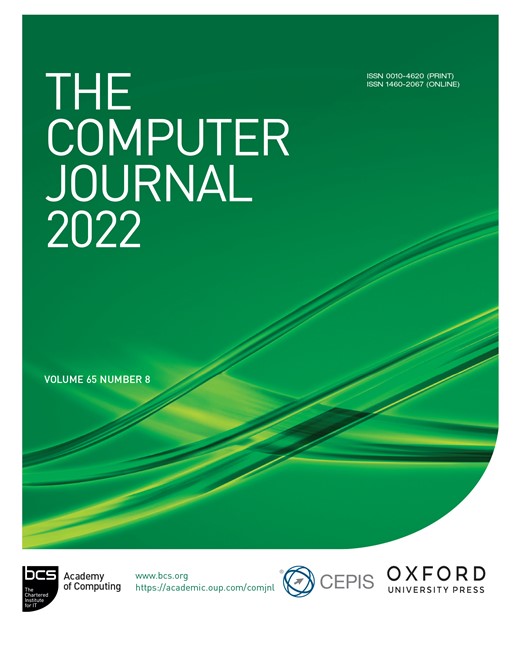-
Views
-
Cite
Cite
Zhen-Bao Fan, Yi-Na Li, Kang Zhang, Jinhui Yu, Mao Lin Huang, Measuring and Evaluating the Visual Complexity Of Chinese Ink Paintings, The Computer Journal, Volume 65, Issue 8, August 2022, Pages 1964–1976, https://doi.org/10.1093/comjnl/bxab035
Close - Share Icon Share
Abstract
Painters arrange white space in contrast with chromatic space composed of strokes. This research measures white space, color complexity and stroke density in Chinese ink paintings and examines how these attributes influence the paintings’ perceived complexity. Empirical evidence from 21 well-known modern Chinese artists’ ink paintings shows that white space decreases paintings’ complexity, while chromatic space and stroke density increase complexity. We also reveal that a large rate of white space guides the viewers’ attention on chromatic space and enhances the impacts of color complexity and stroke density on perceived complexity. An eye-tracker measures viewers’ elaboration duration on each painting, which provides consistent evidence to validate our conclusion based on subjective reported visual complexity. Our research provides insights into the rhetorical role of white space in sensory information processing.




